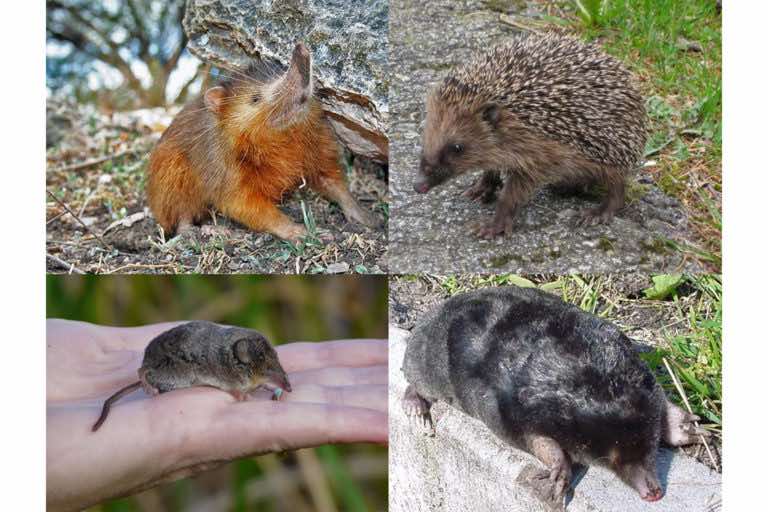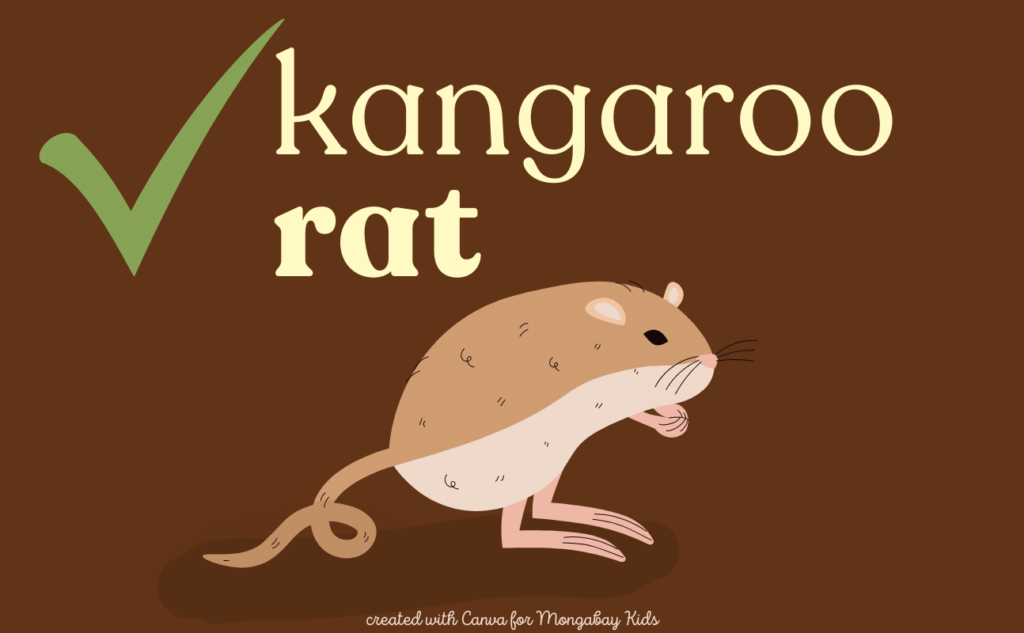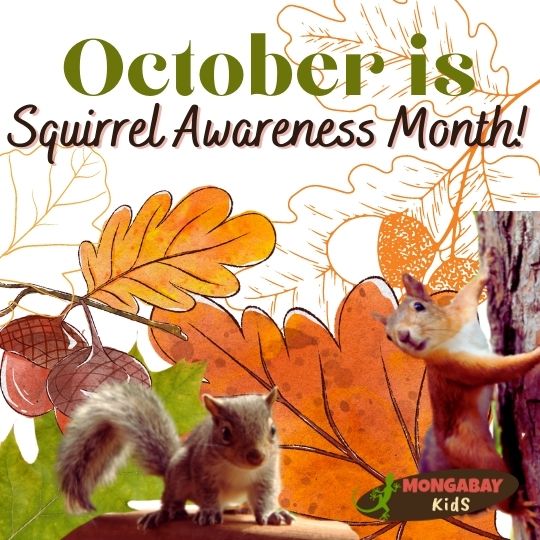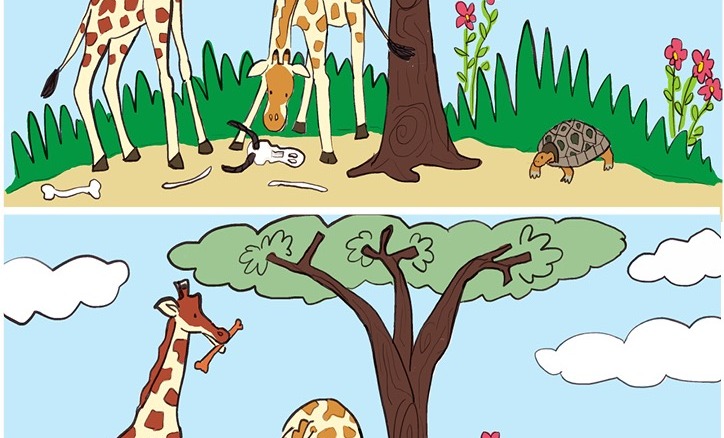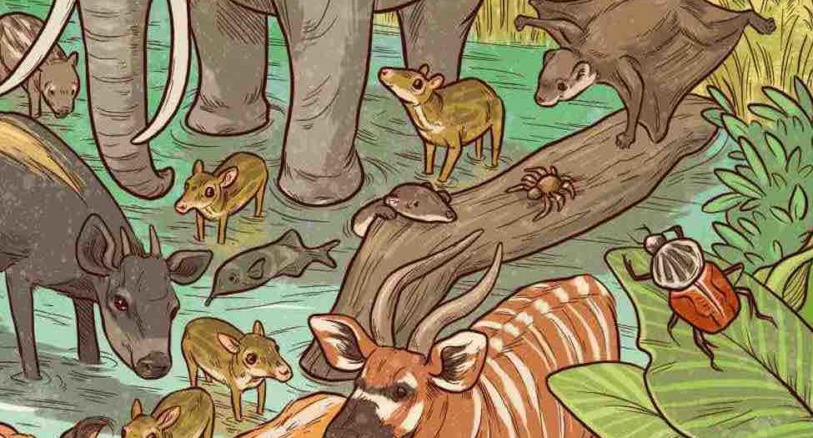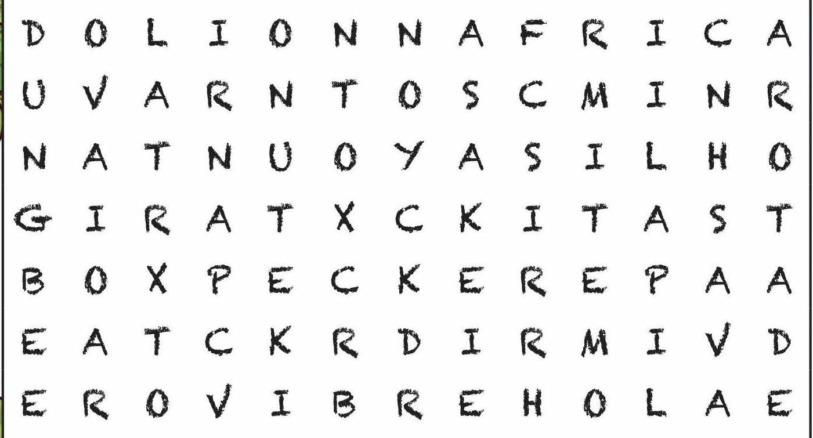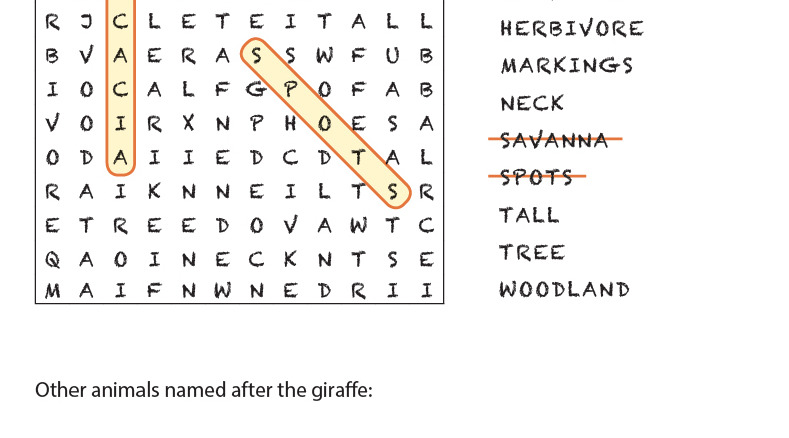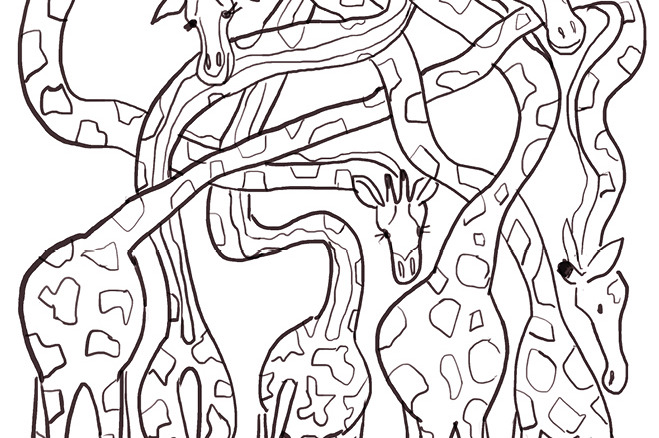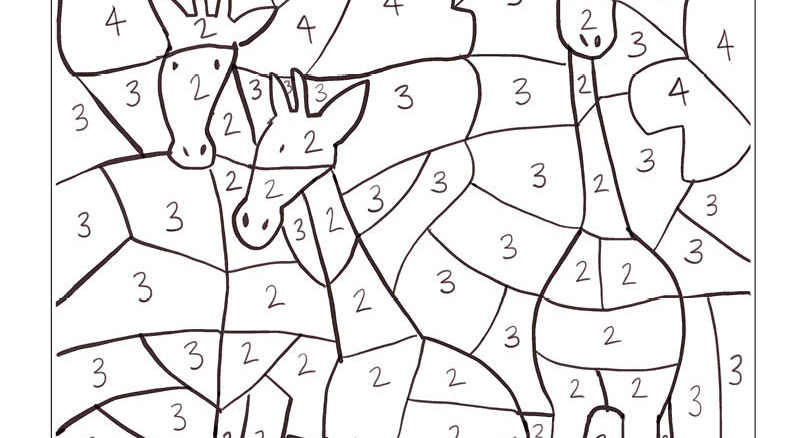Hamsters, gerbils, rats, and guinea pigs are all rodents. Like you, rodents are a type of mammal. Did you know, around 40% of all mammal species are rodents? Wow!
Introducing 6 fab rodents: Can you find the matching pairs?
Rodents have sharp front teeth called incisors that grow continuously (nonstop). Rodents use their incisors to gnaw food: Imagine a hamster gnawing on a carrot. Gnaw gnaw gnaw. Rodents need to gnaw to keep their incisors from growing too long!
Rodents have one pair of incisors on their top jaw and one pair on their bottom jaw. Your front teeth include two pairs of incisors on your top jaw and on your bottom jaw. When you lose your baby teeth, the incisors are the ones that usually fall out first.
Rodents live around the world (except Antarctica) in many different wild habitats like forests, grasslands, and deserts. (Rats and mice share our cities and suburban areas too.) Rodents are important in nature – they control plant growth, they turn over soil by burrowing, and they are food for many types of predators. Let’s meet six fabulous rodents that are worth getting to know:
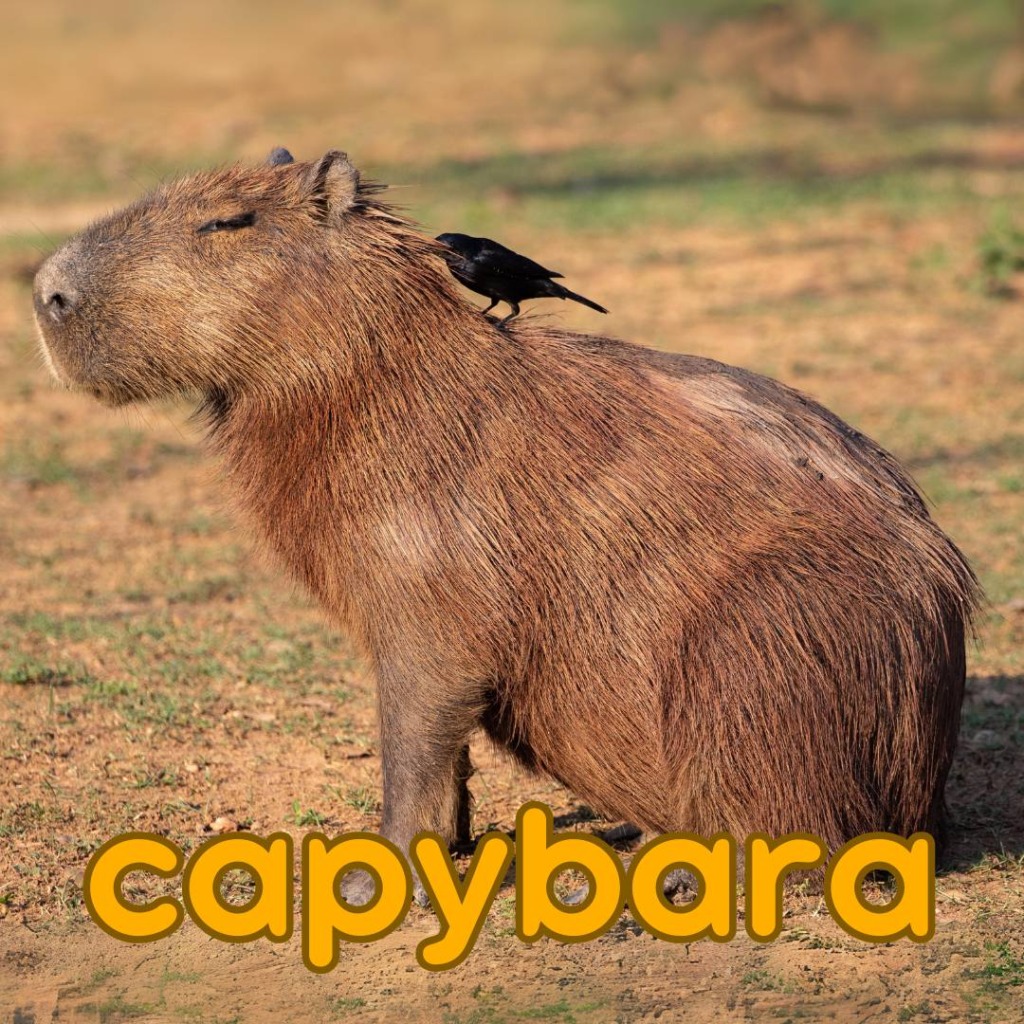
Facts about capybaras:
- continent: South America
- largest rodents in the world
- excellent swimmers, they have webbed feet
- live in groups
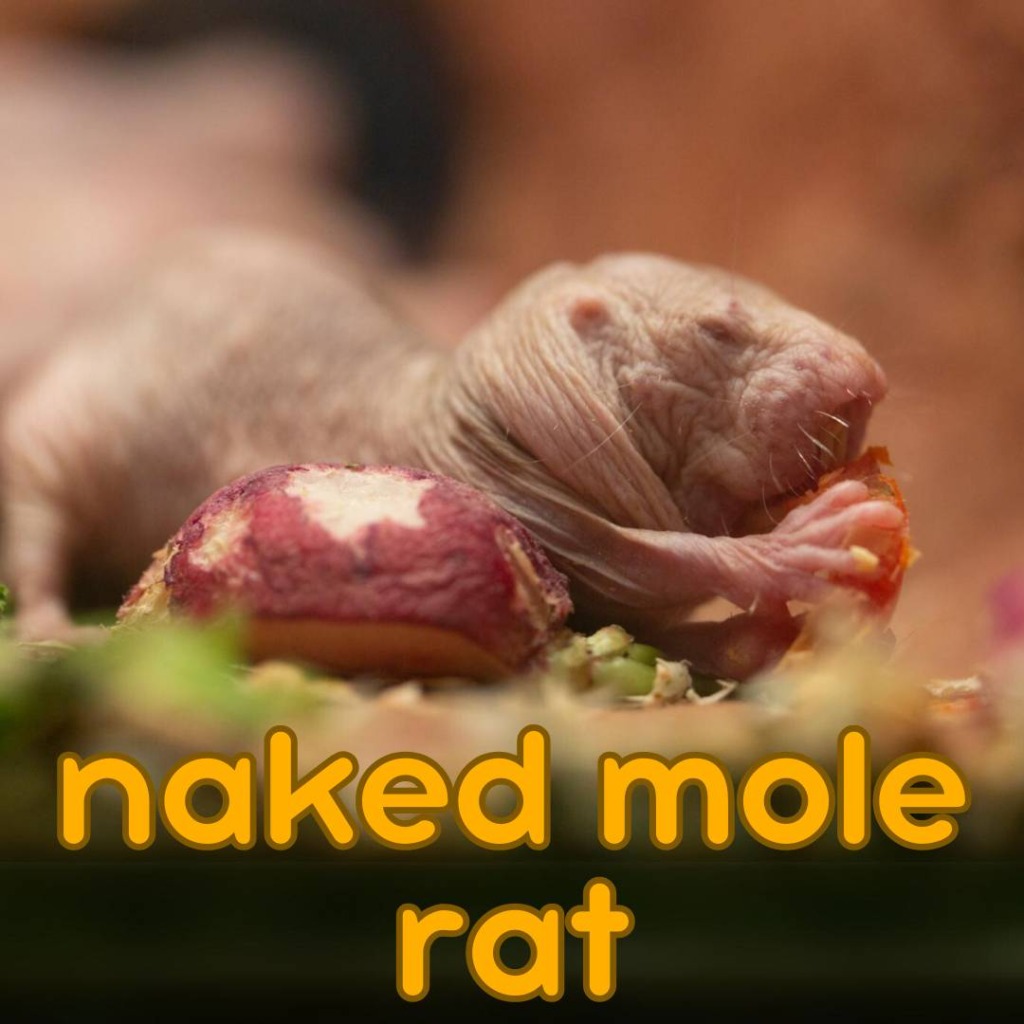
Facts about naked mole rats:
- continent: Africa
- these underground dwellers are hairless and have wrinkled, pinkish skin!
- live in complex colonies with a queen rat
- long-lived (up to 30 years!)
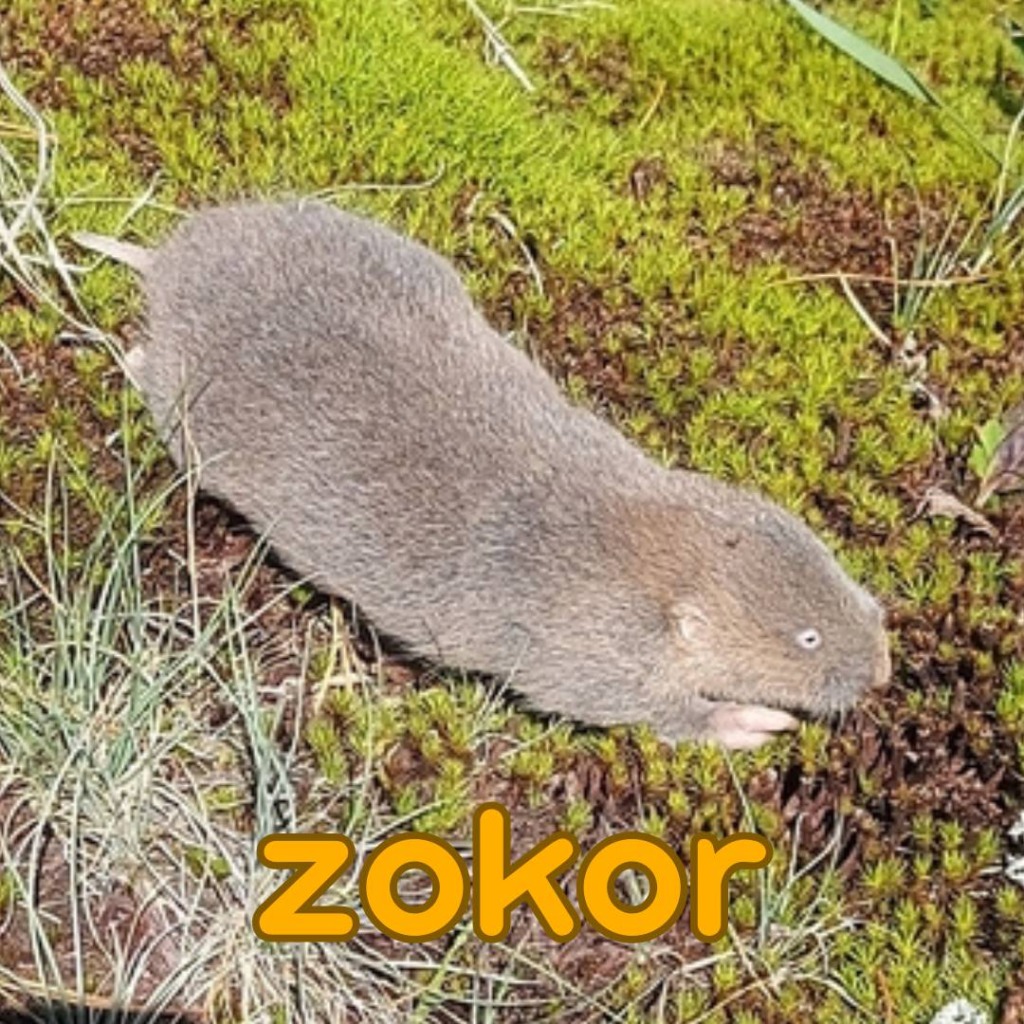
Facts about zokors:
- continent: Asia (China/Mongolia)
- excellent burrowers with powerful digging claws
- these tunnel dwellers have poor eyesight and use touch and smell to find food
- eat plant roots, tubers, bulbs
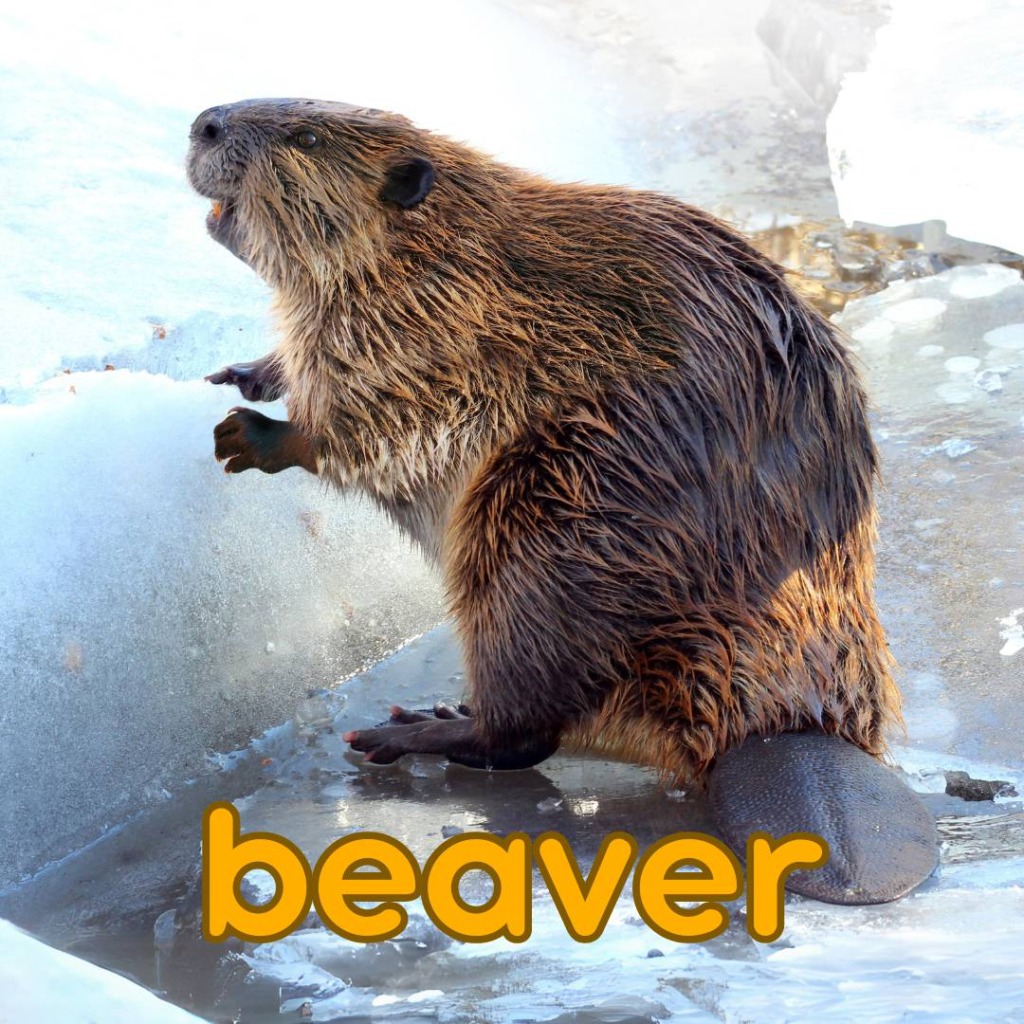
Facts about beavers:
- continents: North America, Europe, Asia
- these ecosystem engineers build dams in rivers and streams
- chisel-shaped teeth used to cut down trees for dam-building
- giant paddle-like tail used for swimming, communication, storing fat

Facts about striped grass mice:
- continent: Africa
- small in size, striped backs help them camouflage in grasslands and savannas
- eat seeds, grass, and plant parts
- agile climbers and leapers
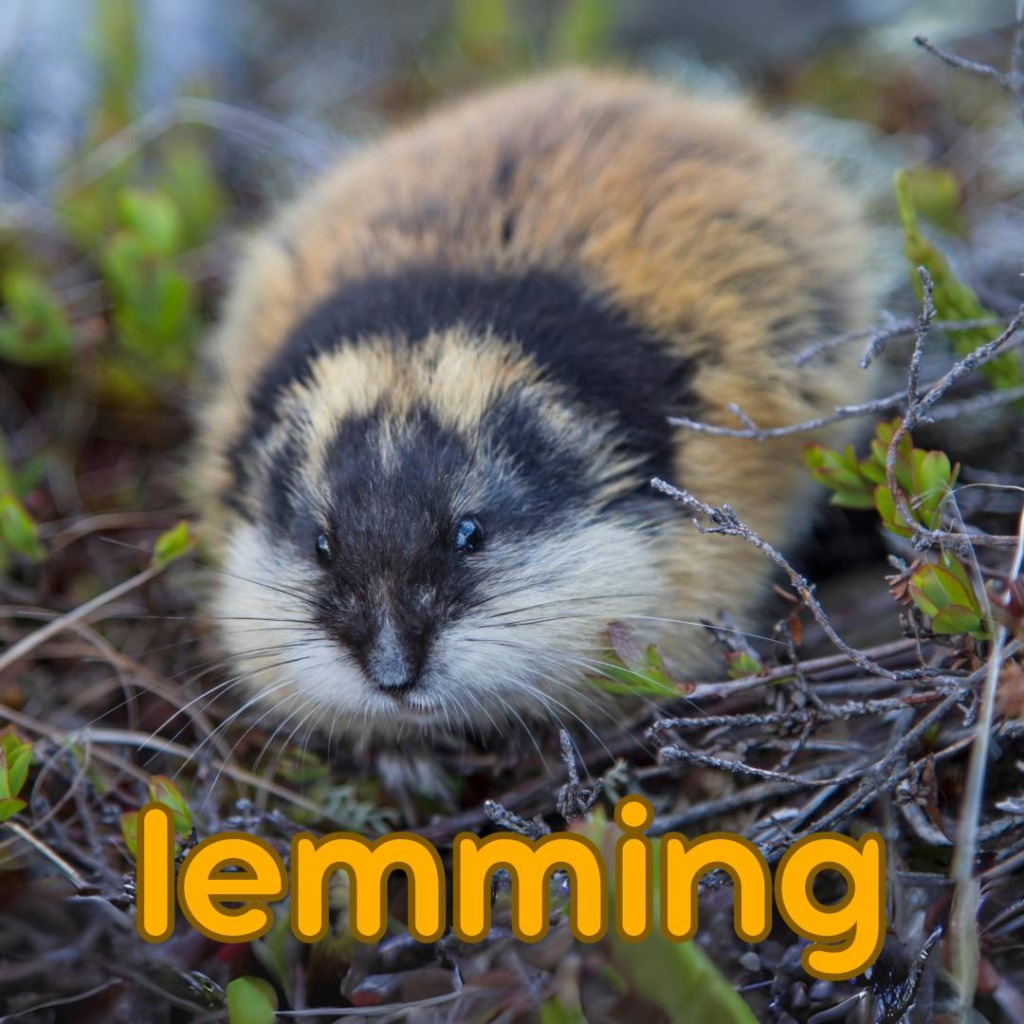
Facts about lemmings:
- Continent: Europe (species pictured), Asia, North America
- live in cold, harsh Arctic and subarctic habitats
- create burrows underground
- feed on grasses, mosses, other plant material
You may want to check out this naked mole rat information page and naked mole rat cam from Smithsonian’s National Zoo and Conservation Biology Institute.
Image credits: capybara: Hillebrand Breuker, Getty Images via Canva.com, naked mole rat: Roshan Patel, Smithsonian CCO images, zokor: © Юлия Стороженко, (CC BY-NC), via iNaturalist, beaver: Anna39, Getty Images Pro via Canva.com, striped grass mouse: Ondrej Prosicky, Getty Images via Canva.com, lemming: Tinieder, Getty Images via Canva.com, hamster graphic: zedstudio, via Canva.com
Created by Megan Strauss | Mongabay Kids
You may like these stories & activities
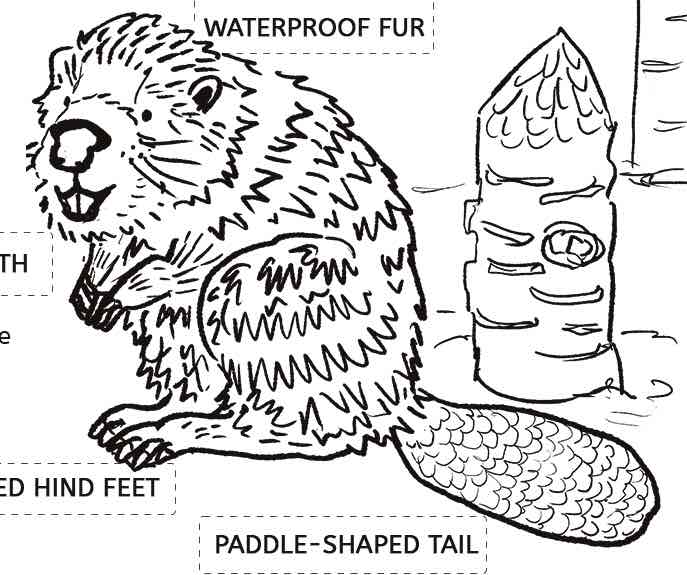
Activity: What makes a mammal?

Let’s get excited about small mammals!
